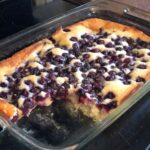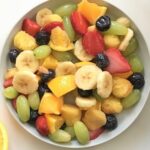The holiday season is the perfect time to bring your family together for quality time spent in the kitchen.
Whether you’re setting out to make your grandmother’s ginger cookies recipe or trying your hand at making Christmas dinner for everyone for the first time, you’ll need to familiarize yourself with the different measurements – especially if you don’t have the right tools for the job.
Many popular recipes, such as coconut chocolate chip cookies, require ingredients such as a 2 ¼ cup of all-purpose flour.
A quick google search will not only show results for this tasty recipe but also how often people ask how many tablespoons is ¼ cups.
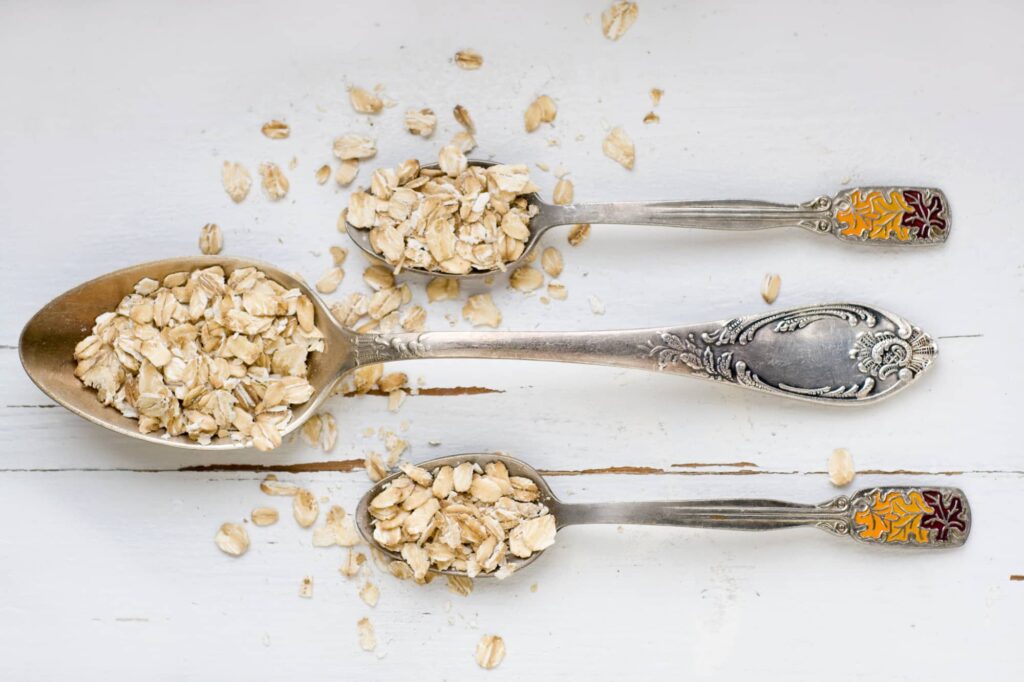
A common question asked this time year of year is how many tablespoons is 1 4 cups? Likewise, questions asking how many tablespoons equal one cup and if there’s a difference in measuring between dry and wet ingredients show just how common these questions are.
So, if you’re anything like me and interested in brushing up on your measurement knowledge this holiday season, you’re in luck.
Below, we answer the most commonly asked measurement conversion questions, including how to measure liquids and the differences between imperial vs. metric. Let’s get started.
How Many Tablespoons Are in A Cup?
You have your ingredients laid out, and it’s time to measure one cup worth of ingredients. But, you only have a tablespoon. So, exactly how many tablespoons are in a cup? There are 16 tablespoons in one cup.
But what about the other tablespoon to cup conversions? And, just exactly how much liquid do these convert to? We have the answers below.
Basic Tablespoon Conversions
Here are the basic tablespoon to cup conversions:
| Tablespoons | Dry Measurement (cups) | Liquid Measurement (fl. oz.) |
| 16 tablespoons | 1 cup | 8 fluid ounces |
| 12 tablespoons | ¾ cup | 6 fluid ounces |
| 10 tablespoons + 2 teaspoons | ⅔ cup | 4 ⅔ fluid ounces |
| 8 tablespoons | ½ cup | 4 fluid ounces |
| 5 tablespoons + 1 teaspoon | ⅓ cup | 2 ⅓ fluid ounces |
| 4 tablespoons | ¼ cup | 2 fluid ounces |
| 2 tablespoons + 2 teaspoons | ⅙ cup | 1 ⅓ fluid ounce |
| 2 tablespoons | ⅛ cup | 1 fluid ounce |
| 1 tablespoon (or 3 teaspoons) | 1/16 cup | ½ fluid ounce |
If you don’t have a tablespoon, but only a teaspoon handy, you may remember from your mother that there are three teaspoons in every one tablespoon.
So, if you have a recipe that calls for 2 tablespoons, you’ll have to use six teaspoons to get the correct measurement.
The easiest way to remember this is to multiply each tablespoon number by three – i.e. 4 tablespoons equals 12 teaspoons, whereas 5 tablespoons equal 15 teaspoons, so on and so forth.
How to Measure Liquids?
When measuring liquids, it’s important to make sure that you’re getting as accurate of a reading as possible. While measuring liquid, make sure you’re eye level to the liquid you’re pouring to ensure that your liquid is exactly at the level you’re looking to measure.
You can use various items in your kitchen to accurately and efficiently measure liquids, such as spoons and measuring cups.
When using these items, it’s recommended that they have some spout to make it easier to pour without losing any liquid needed for the recipe.
If for some reason, you don’t have a spoon or measuring cup handy, a good rule of thumb is to use an object as a reference point, so you have a better success rate if you eyeball it.
For reference, the tip of your finger is about the size of a teaspoon, whereas a full cup is about the size of your first or a popular fruit like an apple. It’s always best to keep these references in your back pocket, especially if you’re helping someone prepare food at their house who isn’t equipped with the right measuring tools.
How to Convert Liquid Measurements?
The good news is that you can easily convert liquid measurements. All you need is a little knowledge of how it works.
Here is a list of the primary liquid measurement conversions. These numbers are in milliliters, or ML, a unit of liquid equal to a thousandth of a liter.
- 0.5 ml = ⅛ teaspoon
- 1 ml = ¼ teaspoon
- 2 ml = ½ teaspoon
- 5 ml = 1 teaspoon
- 10 ml = 8.45 teaspoon
- 15 ml = 1 tablespoon (or three teaspoons)
- 25 ml = 2 tablespoons (or six teaspoons)
- 50 ml = 2 fluid ounces
- 75 ml = 3 fluid ounces
- 125 ml – 4 fluid ounces
- 150 ml = 5 fluid ounces
- 175 ml = 6 fluid ounces
- 250 ml – 8 fluid ounces
- 500 ml = 1 pint
- 1 liter = 2 pints
How many oz in a cup? Here are some equivalent liquid measurements to the previous list that answers this question, plus many more.
- 8 fluid ounces = 1 cup
- 6 fluid ounces = ¾ cup
- 4 ⅔ fluid ounces = ⅔ cup
- 4 fluid ounces = ½ cup
- 2 ⅓ fluid ounces = ⅓ cup
- 2 fluid ounces = ¼ cup
- 1 ⅓ fluid ounces = ⅙ cup
- 1 ounce = ⅛ cup
- ½ fluid ounces = 1/16 cup
So next time you go to make something, you won’t have to go to Google to type in “¼ cup is how many tablespoons?” With this helpful list, you can remember that it’s four tablespoons.
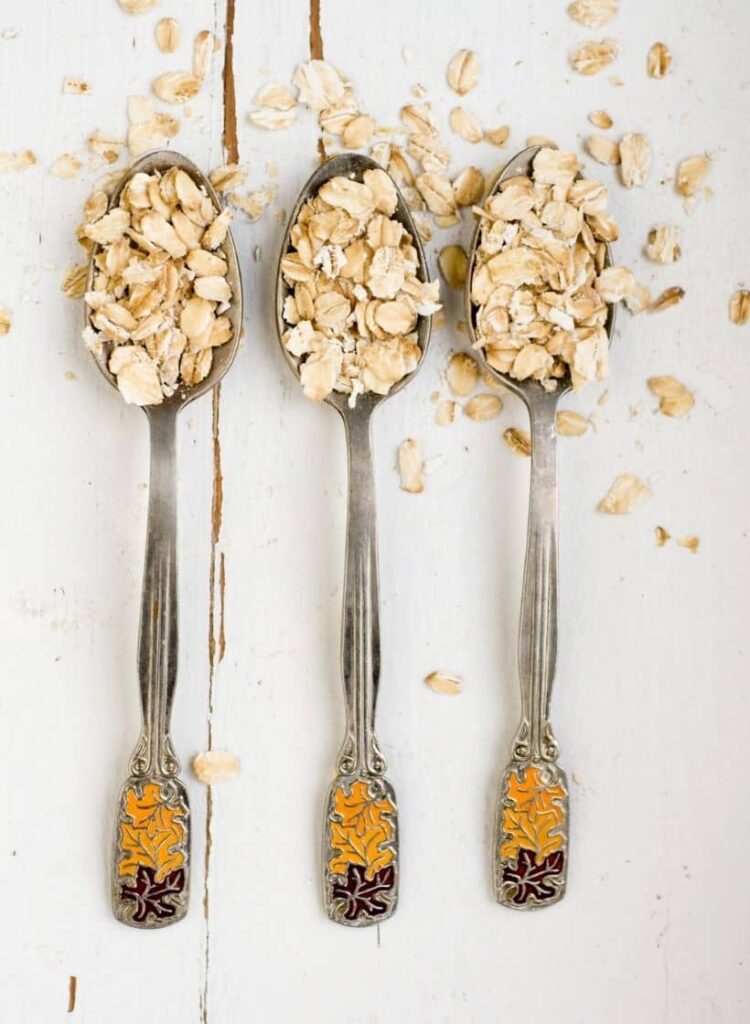
Imperial VS Metric: What’s the Difference?
How many tablespoons in a cup? How many ounces in a cup? While we provided the answers earlier, it’s important to know why such measurements exist in the first place. These answers come from the imperial and metric systems.
There are a number of differences between the metric system that most of the world uses and the imperial system that the US uses. When it comes to measuring ingredients for cooking, these two systems offer different kinds of measurement that aren’t exactly interchangeable.
For example, 1 cup is the equivalent of .2366 kilograms or 128 grams. This means that if you’re using the metric system, you have to be extremely precise since the measurements are more granular than they are on the imperial system.
Basic Tablespoon Conversions
Here’s a list of some basic tablespoon conversions to the closest metric system measurement of grams.
- 16 tablespoons = 240 grams
- 12 tablespoons = 180 grams
- 10 tablespoons = 150 grams
- 8 tablespoons = 120 grams
- 5 tablespoons = 75 grams
- 4 tablespoons = 60 grams
- 3 tablespoons = 45 grams
- 2 tablespoons = 30 grams
- 1 tablespoon = 15 grams
Still Have Questions?
The metric/imperial measuring system can be confusing, especially if you’re new to cooking and baking as a whole. However, we promise that understanding the conversions of these measurements will become second nature the more you use them.
If you still have questions, we’ve provided a helpful FAQ below to help answer any lingering curiosities you have about this whole measuring process.
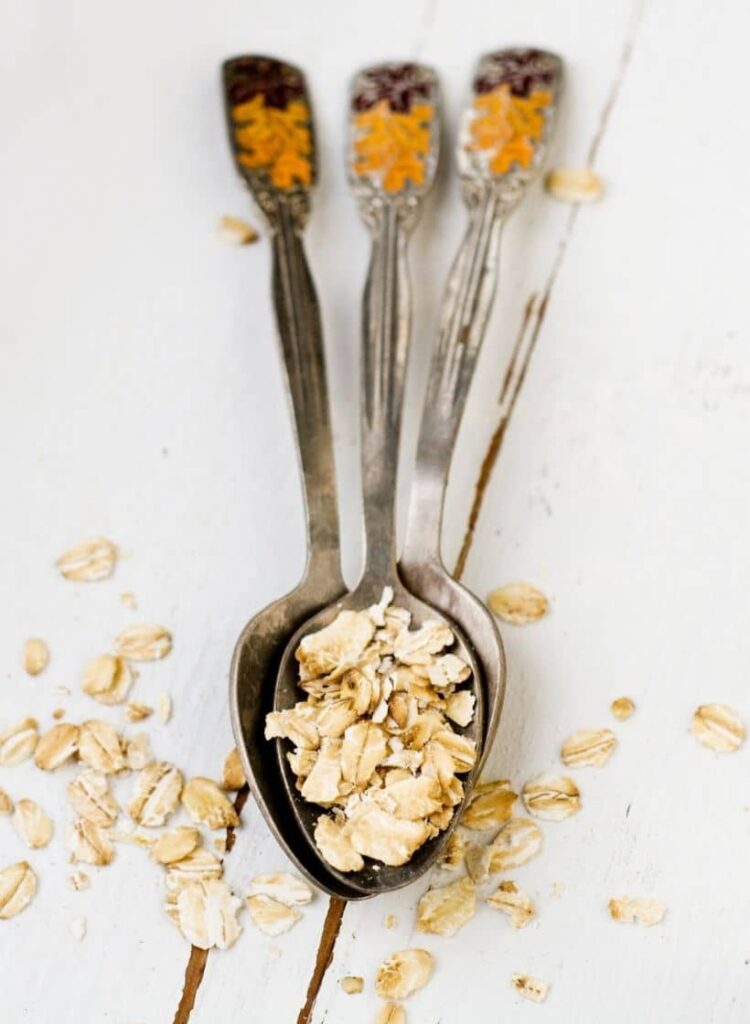
1. How Many Teaspoons in a Tablespoon?
As mentioned earlier, there are three teaspoons in a single tablespoon, so you’ll have to multiply your amount by three if you opt to use a teaspoon instead of a tablespoon.
This conversion applies to everything from wet ingredients to spices to baking powder.
2. How Many Grams Are in a Teaspoon?
So we know that there are three teaspoons in every one tablespoon, but have you ever wondered how many grams there are in a teaspoon? Grams are important to the food process because they measure mass, not weight.
There are approximately 4.2 grams in a single teaspoon. Here are some popular gram conversions you may run into while preparing your food:
- 1 teaspoon of butter = 4.7 grams
- 1 teaspoon of sugar = 4 grams
- 1 teaspoon of baking powder or baking soda = 5 grams
- 1 ¾ teaspoon of flour = 5 grams
- ½ tablespoon of yeast = 8.53 grams
- 2 teaspoons of salt = 11.38 grams
- 6 teaspoons of paprika = 13.80 grams
- 1 cup of cocoa powder = 85 grams
While this isn’t an exhaustive list, you can see how much greater grams are to their teaspoon/tablespoon counterparts, as they’re collectively a lot heavier.
3. What Language Are You Measuring?
The United States uses the imperial system to measure wet and dry ingredients. However, many different cultures use their measuring systems when it comes to preparing and making food.
For example, French cooking measurements convert everything to grams or grams. So, a recipe that calls for 128 grams of sugar would be the equivalent of one cup.
Germany also uses a different measurement system than the US. Unlike the United States, Germany usually measures liquids as units of volume. In most cases, those in Germany measure the weight of an item.
So, like France, they will measure 128 grams of flour or sugar to add to an ingredient instead of the US equivalent of one cup. Many ingredients are weighed using a metric scale.
Another interesting fact about measuring conversions in Germany is that they use everyday items found in your kitchen to measure their ingredients.
Being able to cook and bake brings so much joy to many people, especially during the holiday season. Having a basic knowledge of the different measurement systems used here in the U.S. and across the world can elevate your next family dinner.



